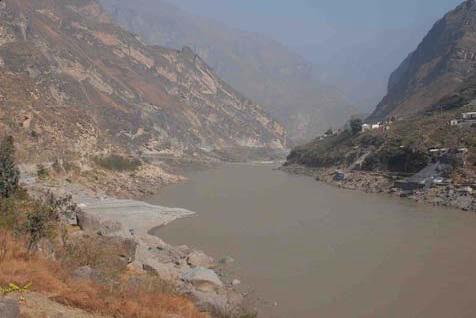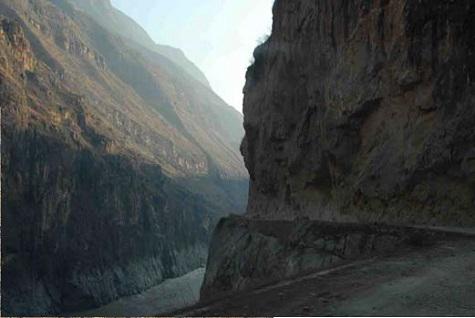Tang Ya
This project aims to assess the impacts of huge hydroelectric projects on biodiversity and nature conservation through collecting and categorizing seed plants from the inundation areas of reservoirs.

Construction of big hydropower plants has huge, unforeseen impacts on nature conservation. In the lower reaches of the Jinsha Jiang (river), around 780 km from Panzhihua to Yibin, four huge hydroelectric schemes, twice as large as the Three Gorge Project, have been planned and two are being constructed.

These hydropower projects will result in large areas being submerged. Most of these river valley bottom areas are dry and are rare habitats supporting a rich and unique biodiversity. However, there are no assessments about how these projects will affect plants. Environmental impact assessment reports provide little information about what species will be submerged, disappear or even become extinct due to the construction of these big dams. Hence, there are no plans for ex situ conservation of those species submerged by reservoirs. In addition, restoration of the disturbed ecosystem in the region needs information about native plant species from this region but little is available about what native species can be used in restoration projects.
Therefore, the aims of this project are:
1) to assess the impacts of huge hydroelectric projects on biodiversity and nature conservation and 2) to provide basic information about native plant species and their potentials in ecological restoration of the region, through collecting and categorizing plant species from the areas to be submerged. The main activities include 1) collecting basic information on the four hydropower projects;
2) collating existing information about plant species in the target regions;
3) collecting specimens, seeds and DNA materials in the projected areas focusing on Xiluodu and Baihetan inundation areas,
4) photographing plant species, their habitats, natural landscapes and local culture;
5) identifying plant specimens and listing plant species with ecological restoration potentials.
This project will be able to provide some concrete examples about what specific plant species will be impacted by these hydro-power projects and useful information about what specific plant species can be used in restoring disturbed ecosystems in the region. In addition, collection and distribution of plant seeds will help ex situ conservation, especially the endemic species with very limited distribution. Exhibitions of photographs and participation of project team in various meetings will help increase public awareness about the issues of nature conservation in hydroelectric projects. Project team will work closely with local volunteers who will help distribute knowledge about nature conservation.